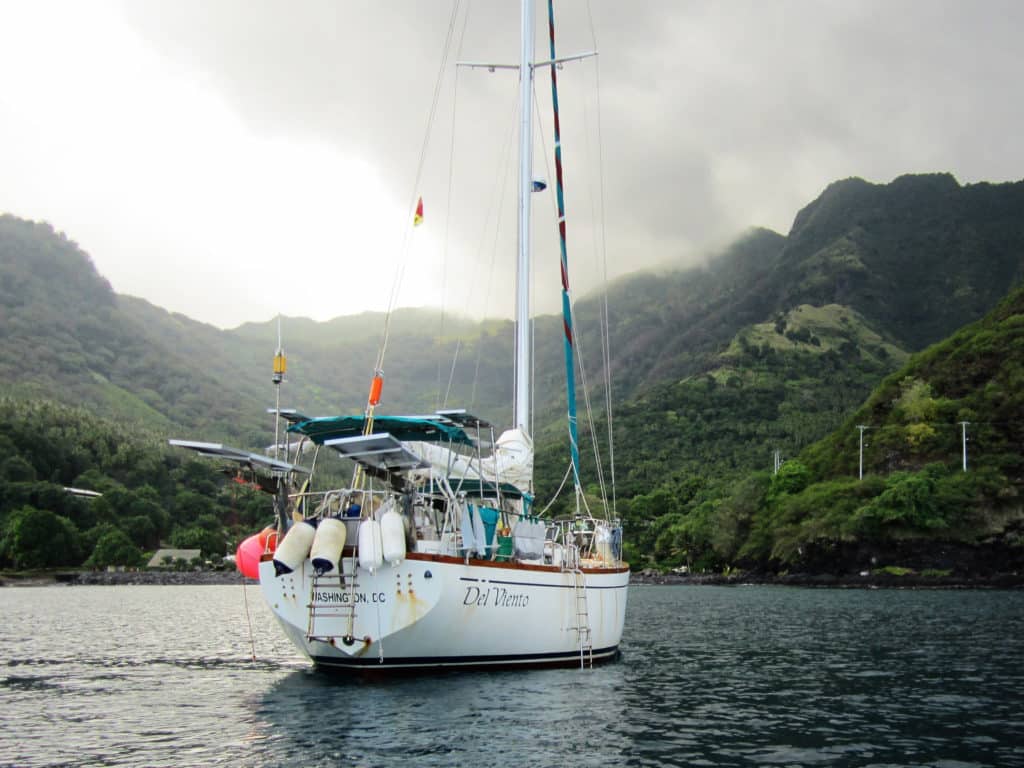
Pacific Planning
Though the long passage to the Marquesas is often referred to as a “Pacific crossing,” arriving leaves you only smack dab in the middle of the Pacific Ocean. For this reason, sailors who aim to cross the entire ocean in one season must plan to arrive in the Marquesas as the November-to-April South Pacific cyclone season wanes, to allow plenty of time for the miles still in front of them. For those who plan to hole up in the South Pacific during cyclone season, the schedule is not as tight, and a later arrival in the Marquesas is possible — and desirable if you want to share island anchorages with fewer boats.
Because the prevailing trade winds north and south of the equator are easterly, a passage to the Marquesas can be started from anywhere along the Pacific coast of North America. Each year, however, the bulk of the fleet begins its passage from either Mexico’s Baja Peninsula; Mexico’s mainland (Banderas Bay in particular); Balboa, Panama; or the Galápagos Islands. The northernmost jumping-off points are up to 1,000 nautical miles closer and offer better points of sail, but cruisers emerging from the Atlantic side of the canal usually enjoy a nice run once they hit the trades (and with planning, the Galapagos make a good stop en route.)
Local Knowledge
If you see tapas, carvings or other art you like in the Marquesas, buy it. The cost of these same items is much higher in other parts of French Polynesia.
Outside the bigger towns on Hiva Oa and Nuku Hiva, trading is the preferred method to acquire everything from fruit to carvings to tattoos.
Shoes and school supplies are welcome, but by far the most in-demand item for trade is decent braided rope. Those old halyards in your lazarette are prized.
Wander off the beaten path. Get to know the villages on Tahuata and Fatu Hiva. Explore the more remote places on Hiva Oa and Nuku Hiva. You will absolutely find the adventure you seek.








